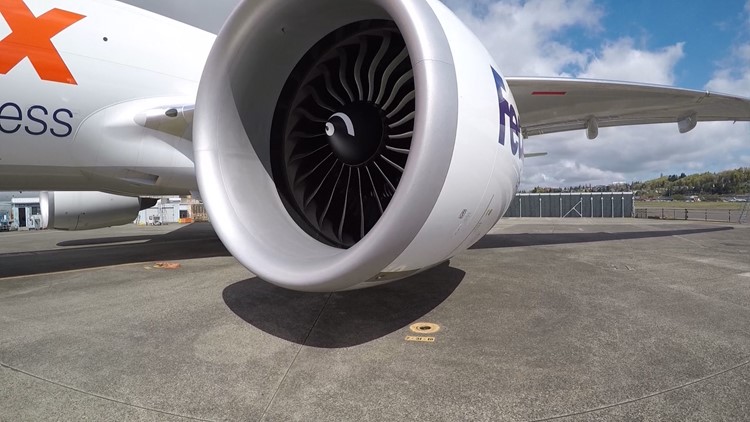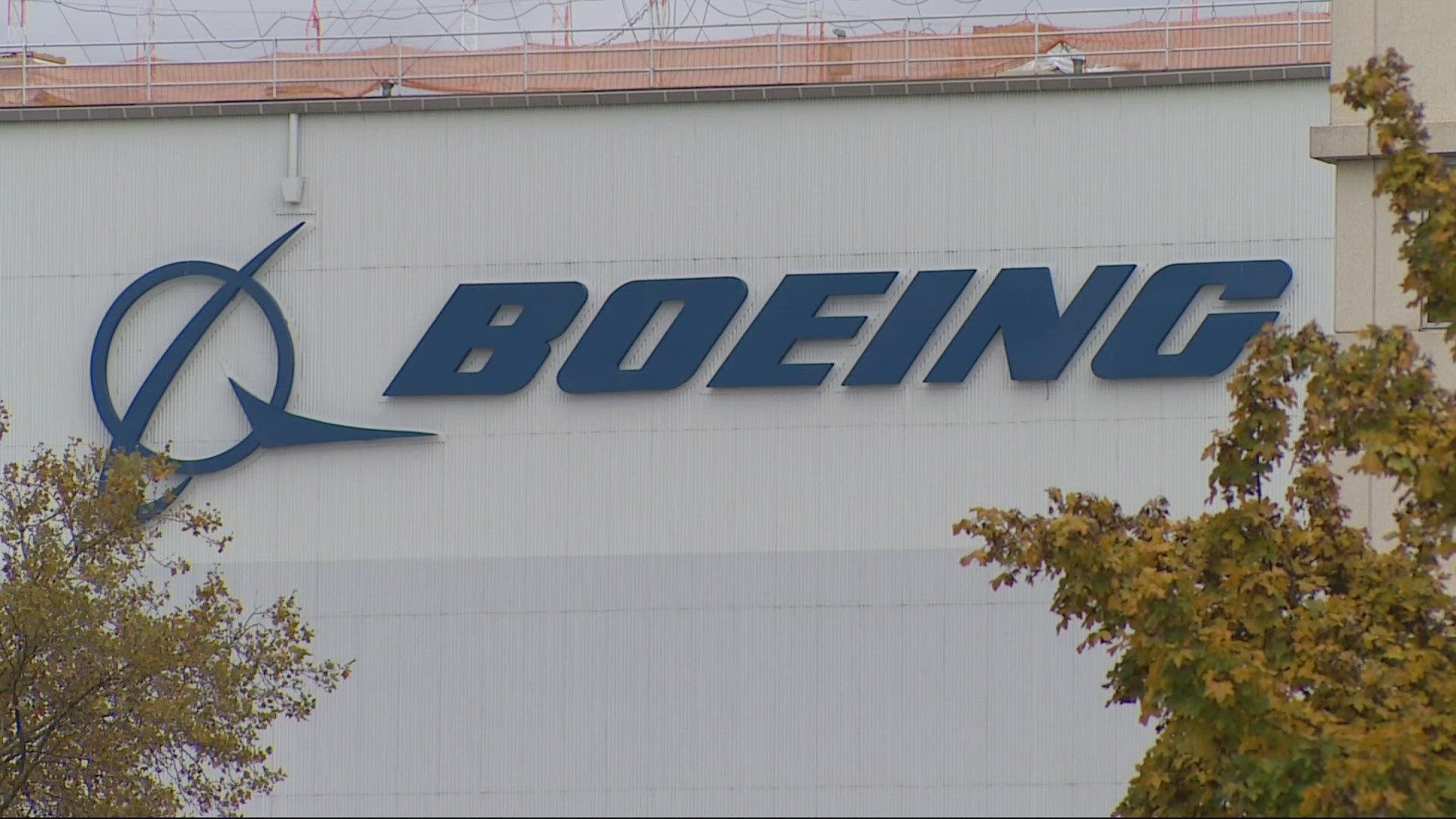Boeing’s ecoDemonstrator program, which aims to improve safety and environmental impact, has looked at 78 technologies since its inaugural flight in 2012.
“The ecoDemonstrator program was envisioned to really start help accelerate technology to give people a vehicle to learn by doing, fail if they needed to, because that's part of learning, and be able to integrate and show how that technology worked in its application,” said Boeing Director of Environmental Performance Jeanne Yu.
Here’s a rundown of some of the key milestones since the program was launched six years ago.
One of the first experiments was a large hydrogen fuel cell in a 737. Like your car, it takes jet fuel to create electricity from generators turned by the engines. The fuel cell would be independent of the engines, storing and even generating electrical power on its own, thereby saving fuel.
Another technology – the "variable area fan nozzle" – was developed along with the Federal Aviation Administration. It deflects engine noise up, meaning less of it is aimed down at the ground.
In 2015, NASA tested a coating that allows bugs to slide off a plane, eliminating drag and saving fuel.
Boeing is also trying to reuse and recycle their aircrafts by stripping old planes for useable parts and recycling metal.
“What we want to do is maximize the resource recovery,” said Yu, “because that's good economically for the customer and also for the environment.”



